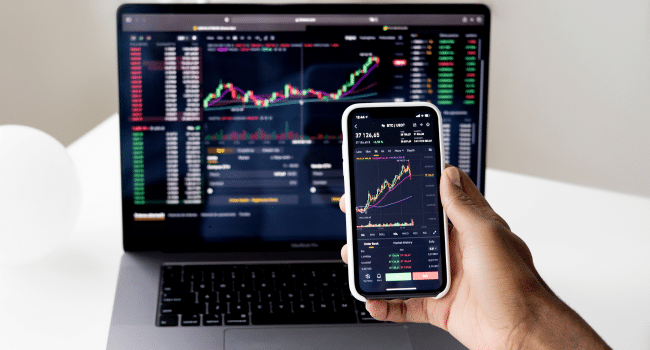Table of Contents
Attending a trade show can be an exciting and valuable experience, whether you’re looking for new products, networking opportunities, or industry insights. However, with so much happening at once, it’s easy to feel overwhelmed. Proper preparation such as portable trade show displays, ensures that you make the most of your time, connect with the right people, and leave with useful information.
Here’s a step-by-step guide to help you prepare for a successful trade show experience.
1. Set Clear Goals
Before attending, define what you want to achieve. Are you looking to:
- Find new suppliers or products?
- Network with industry professionals?
- Learn from keynote speakers and panel discussions?
- Explore potential business partnerships?
Having clear objectives will help you stay focused and make strategic decisions throughout the event.
2. Research the Event and Exhibitors
Most trade shows provide a list of exhibitors, speakers, and scheduled events in advance. Review this information to:
- Identify must-see booths and companies.
- Plan which seminars, workshops, or keynote speeches to attend.
- Make note of any networking events or special sessions.
Many trade shows have apps or digital guides that make it easier to organize your schedule.
3. Pre-Register and Plan Logistics
Avoid long lines by registering online ahead of time. Also, plan out:
- Travel Arrangements: Book flights, hotels, and transportation in advance.
- Event Location: Familiarize yourself with the venue layout and parking options.
- What to Bring: Pack business cards, a notebook, and any necessary tech (like a portable charger).
If the event requires a badge, print it ahead of time if possible to streamline check-in.
4. Dress Comfortably and Professionally
Trade shows often involve hours of walking and networking. Choose:
- Business or Business-Casual Attire to make a professional impression.
- Comfortable Shoes to keep you on your feet all day.
- A Light Bag or Backpack to carry essentials without weighing you down.
5. Prepare Your Networking Strategy
Trade shows are excellent for networking, so come prepared to connect.
- Bring Plenty of Business Cards – Even in a digital age, they remain useful.
- Prepare an Elevator Pitch – Be ready to introduce yourself and your business in a concise, engaging way.
- Use LinkedIn – Have the LinkedIn app ready to connect with people instantly.
If there are specific individuals or companies you’d like to meet, try reaching out beforehand to set up appointments.
6. Take Notes and Stay Organized
With so many exhibitors and conversations, it’s easy to forget key details. To stay organized:
- Take quick notes about the people you meet and the discussions you have.
- Use your phone or a notebook to jot down important takeaways.
- Collect brochures or digital materials for later review.
Some attendees even use a voice recorder app to capture thoughts on the go.
7. Engage on Social Media
Many trade shows use event-specific hashtags and social media platforms to share updates.
- Follow the event hashtag on Twitter, LinkedIn, or Instagram to stay informed.
- Share insights or photos from the event to engage with other attendees.
- Tag exhibitors or speakers to start conversations and expand your network.
8. Follow Up After the Event
The connections you make at a trade show are only valuable if you nurture them afterward.
- Send Follow-Up Emails – Reach out to new contacts within a few days.
- Connect on LinkedIn – Reinforce relationships by adding a personalized message.
- Review Notes and Materials – Organize any resources, products, or services that caught your attention.
Following up ensures that the relationships you build turn into lasting professional opportunities.
Attending a trade show is a great opportunity to gain knowledge, network with industry leaders, and explore new business opportunities. With proper preparation—including goal setting, research, networking strategies, and post-event follow-ups—you can maximize your experience and make meaningful connections. By staying organized and engaged, you’ll walk away with valuable insights and professional relationships that can benefit your career or business long after the trade show ends.
